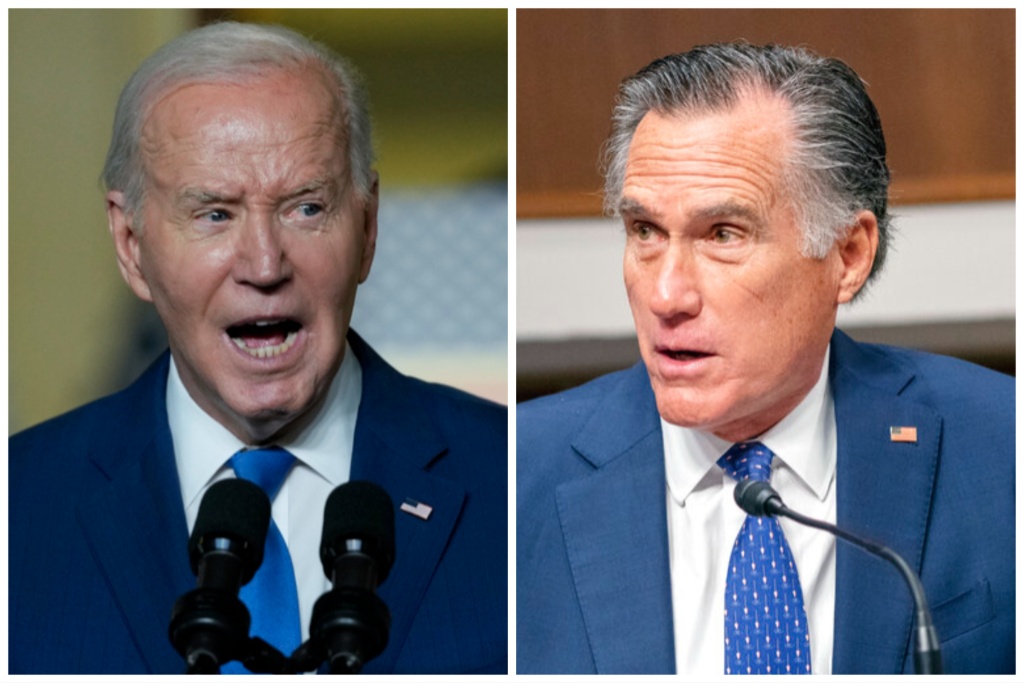The Wisconsin Supreme Court Chose Democrats’ Redistricting Map But Conservatives Still Won — Here’s How

Wisconsin’s Supreme Court adopted Gov. Tony Evers’ congressional and legislative redistricting maps on Thursday in what looks, on the surface, like a big win for Democrats. What the news headlines won’t tell you, though, is how conservatives largely won the redistricting battle before it began.
The 4-3 decision, which prompted a “hell yes” from Evers and featured the court’s conservative swing vote Brian Hagedorn siding with the bench’s liberal judges, doesn’t appear to be a win for the right. Yet the devil’s in the details.
Redistricting is a process predictably fraught with intense bickering as the parties each seek to advantage themselves politically with maximum congressional apportionment. But in Wisconsin, while Evers and Republican legislators were fighting over the maps, one proactive group was quietly devising a legal strategy to box out activist federal judges from manipulating the redistricting process when it inevitably reached the courts.
From restricting which court could hear the case to limiting what factors judges would be allowed to consider in their decision, the Wisconsin Institute for Law and Liberty successfully set the rules of the game so progressive jurists couldn’t unconstitutionally hijack the process from the states and become the social justice cartographers of district maps — and it worked.
Since Wisconsin is a battleground swing state, this situation is more than a small legal victory for constitutional loyalists. It’s also a pattern for other states to follow as they try to prevent the type of left-wing election overhaul that occurred in the 2020 election from happening in congressional and state legislative races.
How It Happened
It all began with recognizing that this cycle’s redistricting fight would ultimately occur in the courts because there was virtually no chance Evers would sign into law a district map passed by the GOP-controlled legislature. In recent memory, these redistricting impasses get resolved in federal court.
Hearkening back to a Wisconsin Supreme Court decision from 2002, WILL insisted that based on the Constitution, redistricting is a process that belongs to the states, meaning a battle over map-drawing should be resolved by the state Supreme Court, not by some federal court. To that end, WILL attorneys filed a rules petition in June of 2020, but the Supreme Court denied it.
The conservative legal group was undeterred, however, because the results of the 2020 Census were on the horizon. After these numbers came out in mid-August 2021, WILL was teed up to file an original action with the state Supreme Court the very next week, representing plaintiffs from areas of the state where, according to the new population totals, the maps were malapportioned. And this time, the Supreme Court — the same one that said 20 years ago that these matters do belong to the state — agreed to take it.
At the same time, there was a similar case already moving through federal court. It was filed on behalf of Democrat plaintiffs represented by Marc Elias of Russia collusion hoax infamy, who alleged that their legislative and congressional districts were unconstitutionally malapportioned according to the census numbers.
So WILL intervened in the federal case on Sept. 16, telling that court that the conservative legal group had filed in the state court and that the federal court should defer to that action.
On Oct. 6, the federal court stayed the case, saying it would defer to the state court but only for so long. The redistricting issue must be addressed, it said, so if the state court didn’t act fast enough, the federal court would have to. The federal court agreed, however, that since redistricting is a state issue, it should be resolved in state court. That was victory No. 1.
Meanwhile, while the Wisconsin Supreme Court was prepared to step aside in the highly unlikely event that Evers and Republican lawmakers were able to agree to a map, it began moving forward — and to the surprise of no one, Evers vetoed Republicans’ map on Nov. 18.
In October and November, it asked for “merits briefing” regarding things like how quickly it had to act and what legal principles governed the drawing of maps — so WILL told the court exactly what it should do.
The Primary Principles
WILL’s brief centered on two main principles. First, it said the court shouldn’t consider partisan factors when deciding maps.
“Our objectives — we wanted the case to be in state court — but we also wanted the court to say that we are not going to take into account the expected partisan outcome of these maps because it’s not our job,” WILL President and General Counsel Rick Esenberg told The Federalist. “We aren’t going to make up for the natural disadvantage that Democratic candidate might have. We’re just not going to take that into account at all.”
Second and along the same lines, it said the court should adopt a “least changes approach,” whereby the judges would use the last legal district map — in this case, the map from 2011 — and change it at little as possible to make it constitutional under new population totals.
The Wisconsin Supreme Court agreed and adopted these principles, which now have the power of precedent, on Nov. 30. Then in December, it accepted eight proposed maps and briefs from lawmakers and advocacy groups, heard oral arguments over their merits in January, and issued its decision this week.
While Republicans are rightly frustrated that the conservative-majority court chose Evers’ map, it’s important to understand how hampered the Democrat governor was by the court implementing the “least changes” principle. The operative map from 2011 was passed by a GOP-controlled legislature and signed into law by then-Gov. Scott Walker, a Republican.
Therefore because of WILL’s proactive strategy and thus the court setting the “least changes” rules, Evers couldn’t even try submitting the type of gerrymandered map he would have preferred to the court, or it would have been dead on arrival. He was forced to go back to the drawing board and adhere closely to the 2011 map.
“Evers won!” read the headlines — but how did he win? By drawing maps that had the fewest changes from Republican maps. Not exactly the Democrat victory Evers would like you to think.
A Pattern to Follow
While it depends on differences between state constitutions and whether other state courts are receptive to the arguments WILL made in Wisconsin, Esenberg said this strategy is possible for other states to employ.
And after the rigging of the 2020 election — through Mark Zuckerberg infiltrating government elections offices, election commissions ignoring rules or illegally changing them, and corrupt Big Tech and the corporate press suppressing crucial information — it’s not only possible for states to get ahead of redistricting in the courts. It’s crucial.
“If you’re gerrymandering every legislative district to make them as close as you possibly can, then that increases the chance that a wrongdoer will be able to flip an election through improper means,” Esenberg said. “It would just be easier to do it.”
If states want to avoid some of the disasters of the 2020 election and prevent leftists from making constitutional redistricting decisions a matter of “equity,” they must be proactive and recognize that not all victories have an “R” next to them. Win’s like WILL’s in Wisconsin are a product of playing offense, not defense.
" Conservative News Daily does not always share or support the views and opinions expressed here; they are just those of the writer."





